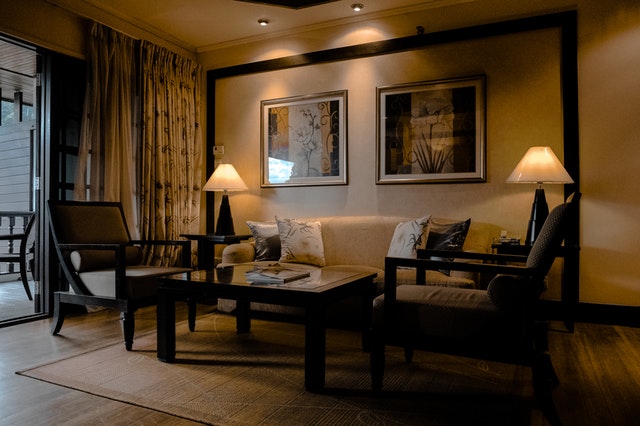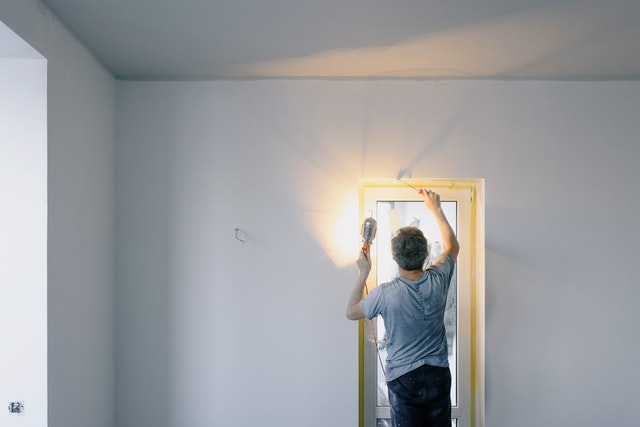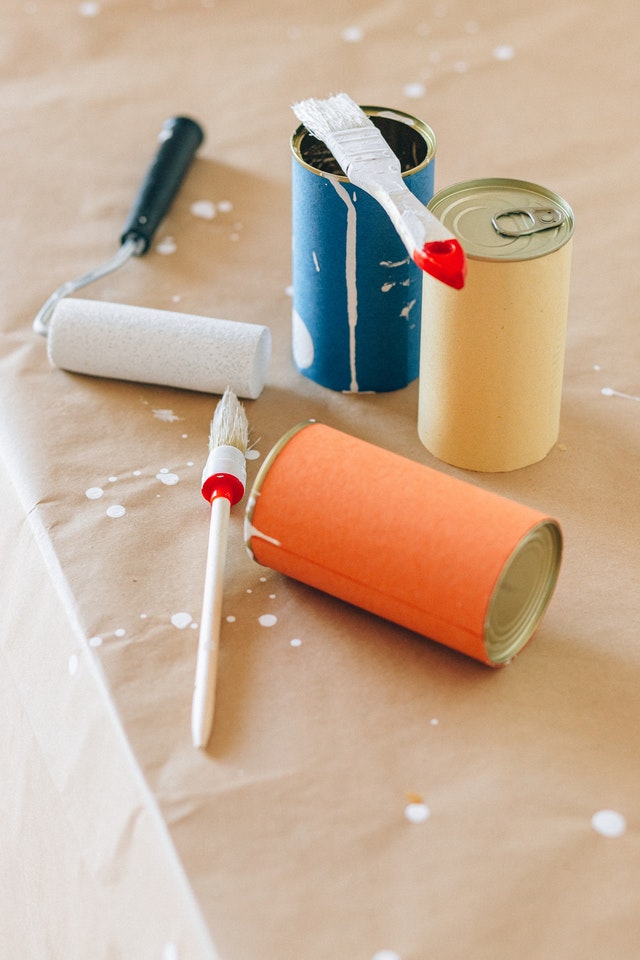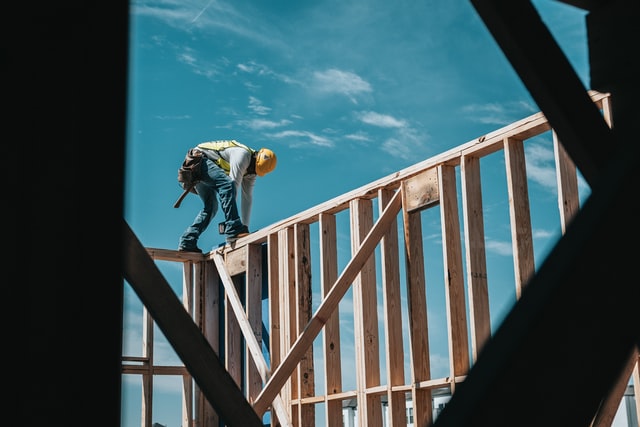This article has been taken from “The Perfectly Painted House A Foolproof Guide for Choosing Exterior Paint Colors” by “Bonnie Rosser Krims”. Fixed features is an excellent topic which is very well described at “House Painters in Washington DC“
Roof
If your roof is neutral- gray or black, for instance- you can make your color plan without regard to its color. If it is more colorful, you must include it in your overall color scheme. Identify the color of your roof. If you live in an older house, it is probably one of the following:
- Slate- purple, gray- black, blue- black, purple- red, or green
- Wooden shingle- brown or gray
- Metal- unpainted copper, usually dark red, dark reddish- brown , or dark olive
- Ceramic tile- terra- cotta, yellow, yellow to brownish- red, red, green, or blue
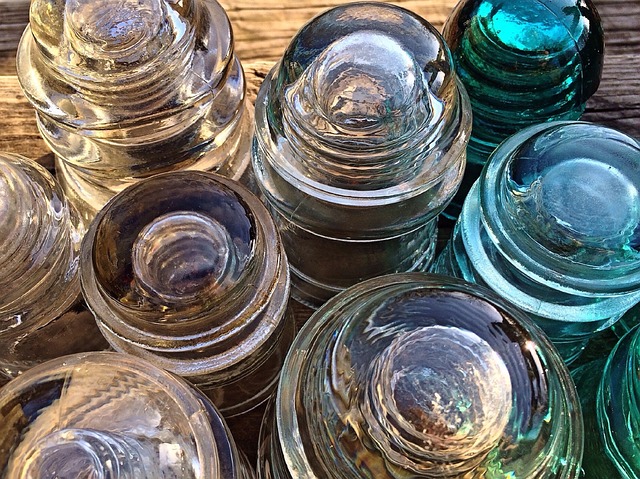
Newer houses usually feature composition roofing of asphalt or fiberglass in any of these colors.
Masonry
Does your home feature significant brick and stonework on the house, pathways, patios, or garden walls? Unpainted concrete is neutral, but brick and stone have plenty of color. If colored masonry is prominent, you must factor it into your color scheme. Alternatively, you can paint it as part of a new color scheme.
Downspouts and Gutters
Downspouts and gutters should almost always be inconspicuously painted. If the house trim is white, they should probably be white too. If they are copper, allow them to oxidize naturally.
Awnings
Awnings are usually made of canvas and have a color and a pattern. If their color is neutral, chances are you needn’t them. If they are striped in blue and white, they must be factored into your color scheme.
Plants
Trees, grass, flowers, and ornamental plantings are considered fixed features. With respect to your color scheme, focus on their spring and summer colors. Bright fall foliage is fleeting, and the browns and grays of winter are neutral and, therefore, have limited effect on the color scheme.
Nature combines colors in ways that we don’t dare, so choose landscape- house color combinations that please you. If a magenta rhododendron is planted close to a brown house and the colors seem out of sync, either move the plant or add more of the same to accentuate the color. There is color strength in numbers, but you must like the color combination.

Other Buildings
If a shed, separated garage, barn, or doghouse is visible with your house, its materials, if they are colored, must be factored in or painted to coordinate with the main building.
Wood and Metal
Stained, varnished, or painted wood, as well as metal, Should be factored into your scheme. Fences, gates, and decks, especially right next to the house, must be treated as fixed features or repainted.
Wood and metal both have color. Oak is a light- to medium – value brown; mahogany is a darker, warmer brown, and cheery is a lighter, redder brown. Though they are all basically brown, they shift toward other hues- yellow, pink, red, green, blue, etc. Iron and steel, galvanized metal, aluminum, copper, and brass also have color. If these materials are going to remain unpainted, you must treat them as fixed features when choosing paint colors.
Foundation
On most homes, the foundation is neutral in color. If yours is stone or brick and looks attractive, don’t paint it. The foundation of Victorian homes was often painted a dark brick red. Their original owners didn’t plant in front of them to avoid harboring insects.
Water Table
The board below the siding of clapboard buildings is called the water table. Customarily, it is painted to match the trim color.
Steps
On wooden steps, the treads (the steps themselves0 usually carry the porch or deck color while the risers (the vertical pieces between the steps) are normally painted the house trim color.
Porch
Porches were traditionally painted with gray floors and blue ceilings; the reflected light was practical, and the blue suggested the sky. The gray floors also showed little dust and tracking . But porch floors can be painted any color. A good choice is the color of the house body or trim, if not too dark or too light. Ceilings can be stained, varnished, or painted the house body color. The trim color is a good choice for the rafters. Wooden porch posts are usually painted in the trim color. If you like, paint a decorative floor (remembering its high maintenance when it comes to repainting). Paint alternate floorboards in two colors to create stripes, or do a neoclassical checkerboard in light and dark blocks.
Continue reading on Site Preparation

